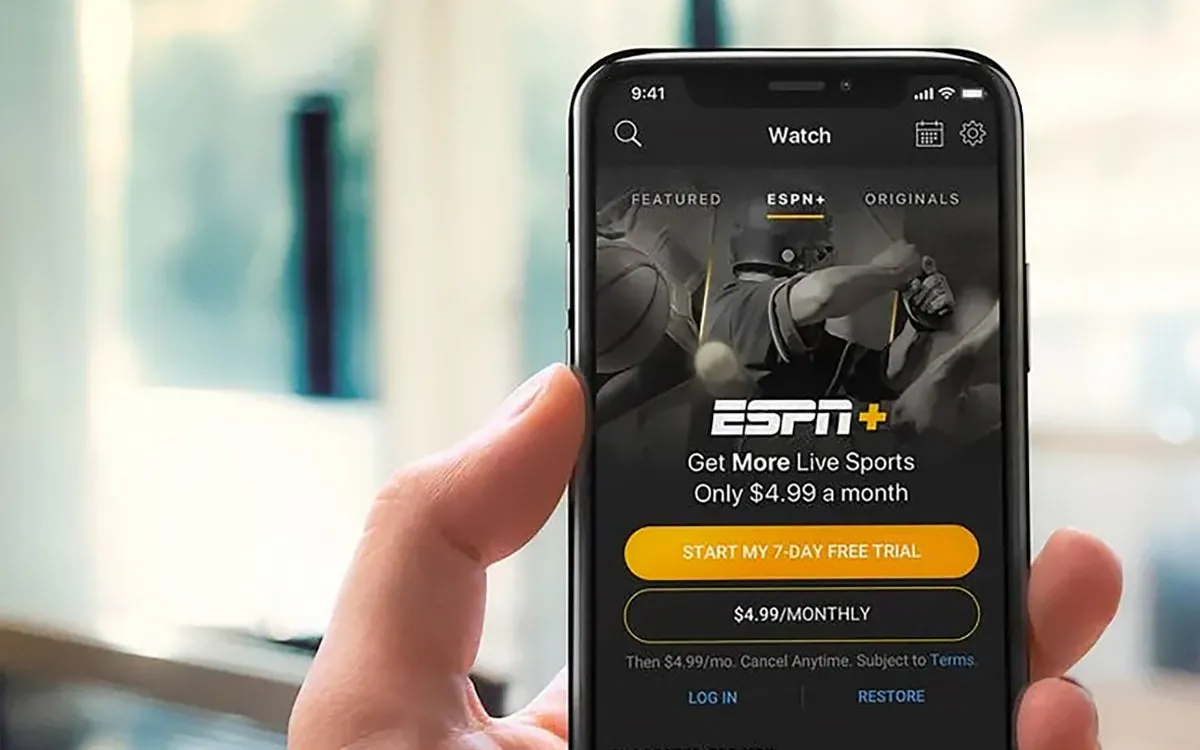
Today marks a significant milestone in the world of sports broadcasting—National ESPN App Day. For the first time ever, sports enthusiasts can now legally access the nation's leading sports channel without needing to subscribe to additional networks like truTV, TLC, Bravo, or Court TV. This groundbreaking change is ushered in by ESPN's innovative new direct-to-consumer service, which aims to reshape the way fans engage with sports content.
ESPN has been developing this revolutionary service, simply named “ESPN”, since at least 2023, and potentially even longer. The launch of this offering, which is integrated into a revamped ESPN app, has been anticipated as a potential game-changer for an industry grappling with the decline of traditional pay-TV bundles. Industry analysts have suggested that ESPN's direct-to-consumer model could threaten the long-standing cable system, with headlines like "ESPN Gets Closer to a Move That Will Kill Cable" making waves in media circles.
Since its inception in the 1980s and 1990s, ESPN has established one of the most successful media business models in history. By acquiring exclusive broadcasting rights to major sporting events, ESPN has created a loyal fan base. This allowed the network to charge escalating fees to cable companies, ensuring that viewers could access popular events like Monday Night Football. As a result, ESPN became the most expensive channel package in the pay-TV landscape, costing approximately $15 per subscriber per month.
However, the rise of cord-cutting has significantly altered the landscape. Over the past 15 years, ESPN has lost nearly half of its pay-TV subscribers. This trend has prompted the network to explore new avenues for revenue by offering its channels to consumers who have moved away from traditional cable. Despite the challenges posed by declining cable subscriptions, ESPN's financial model has remained robust. Currently, the company charges around three times as much per subscriber compared to a decade ago, generating nearly $1 billion monthly from both traditional cable and streaming services like YouTube TV.
ESPN President Jimmy Pitaro has been vocal about the network's strategy, emphasizing that the primary goal is to attract the 60 million-plus potential subscribers who do not currently have a cable package. Unlike other networks, ESPN is cautious about encouraging existing cable subscribers to abandon their services. By promoting the benefits of bundled packages, ESPN aims to retain its existing revenue streams while also capturing new audiences.
While the new ESPN service is priced at $30 per month, significantly higher than the average $15 paid by cable subscribers, the network is not actively seeking to convert current cable customers into streaming subscribers. Many viewers, even those indifferent to sports, pay this fee as part of their cable bundles. This model allows ESPN to collect substantial revenue from a wide audience, including those who have little interest in sports.
The ongoing relationship between ESPN and traditional cable providers remains crucial. As cable companies recognize their dependence on ESPN for drawing viewers, they continue to invest heavily in maintaining their partnerships. Recent negotiations between Charter and Disney have resulted in new streaming benefits for cable customers, further illustrating the importance of these collaborations.
For sports fans contemplating whether to cut the cord, the decision requires careful consideration. Using simple math can help clarify the potential savings and access to content. For instance, if a pay-TV subscription costs $83 a month, switching to the new ESPN service might seem appealing. However, fans often need to subscribe to multiple platforms to access various leagues and events, complicating the decision.
As ESPN ventures into this new direct-to-consumer territory, fans are left navigating a complex landscape of streaming options. While the launch of the ESPN app heralds a new era of sports viewing, the existing cable model remains viable for many. Whether one chooses to embrace the new service or stick with traditional cable, it’s clear that the way we consume sports is evolving. Ultimately, being a sports fan may require a blend of emotional and financial savvy in this ever-changing environment.